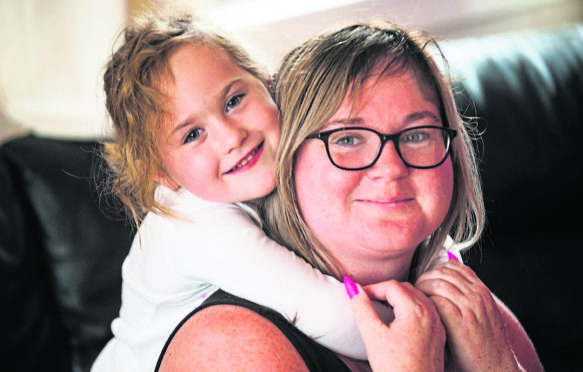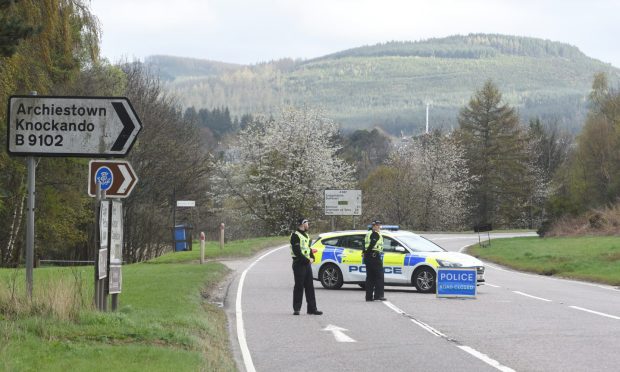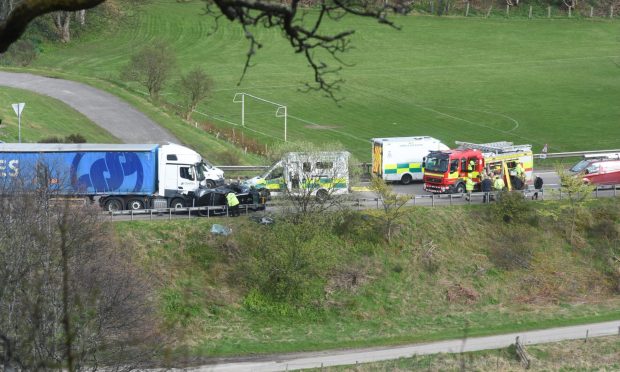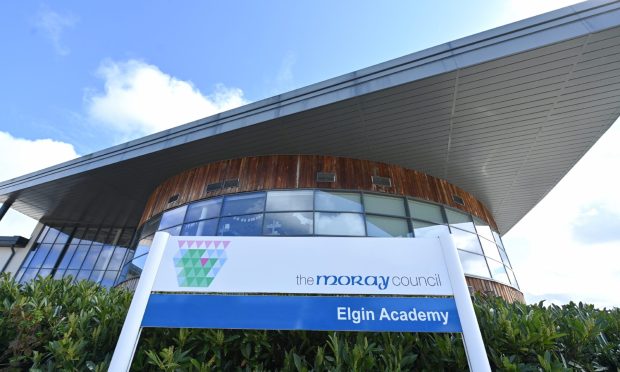With her bright eyes and cheeky smile, little Ruby Rae looks like any other healthy toddler.
But without surgery at six days old she would have starved to death.
Part of her intestines failed to develop properly in the womb, leaving it closed off from her stomach and the rest of her bowel.
Scans failed to pick up the rare and deadly anomaly during pregnancy and at four days old she became dangerously dehydrated.
Her mum Shauna Taylor-Rae had just sent messages to family and friends to say the newborn, who had been kept in hospital for jaundice, would be getting home the next day.
But just hours later, doctors dealt her the devastating news that her little girl was so sick she would be lucky to make it through the night.
By this stage, Ruby’s kidneys were also failing.
Her only hope was surgery – but as she had lost so much weight she had to be hooked up to “fat and fluid drips” to build up her strength.
>> Keep up to date with the latest news with The P&J newsletter
Miss Taylor-Rae, 34, from Aberdeen, said: “To go from being told your baby is dehydrated to ‘if she makes it through the night, then we’ll discuss the next step’ was just devastating.
“They said if they opened her up and the bowel was not ‘live’ and can’t be used, she’d be dead.
“My whole world had fallen apart and there was nothing I could do to stop it. I just thought, ‘if she doesn’t make it, how can I go home without her’.”
Ruby was only 4lb 12oz when she was born three weeks early at Aberdeen Maternity Hospital on July 16, 2014, and within four days she had lost 13% of her body weight.
She was born with duodenal atresia, which meant the upper part of the small intestine, just past the stomach, was closed off.
Miss Taylor-Rae said during the operation surgeons removed part of the dead bowel tissue and by-passed the obstruction by rewiring that section of her digestive tract so food could pass from the stomach to the intestines.
But as Ruby was so sick, when she went into theatre her mum was warned it might be the last time she saw her daughter alive.
Ruby spent the next day on a ventilator and for two weeks it was touch and go if she would pull through.
But the newborn, who was tube-fed for a fortnight after surgery, was home after two-and-a-half weeks and since then she has continued to thrive.
Miss Taylor-Rae said: “I just wanted to hug the surgeon for at least giving her a chance. She was alive and that was all that mattered to me.”
“I can’t thank the staff at the unit enough for what they did for Ruby and myself. Without their care and hard work, she wouldn’t be the princess she is today.”
What is duodenal atresia?
Duodenal atresia is a condition where the duodenum, the first part of the small intestine just beyond the stomach, is closed off instead of developing into a tube. Often babies appear healthy at birth and the problems are not picked up until they start to feed and are sick.
The condition is confirmed through an X-ray and can be repaired by surgeons during a short operation. This involves opening one end of the closed duodenum and connecting it to the instestine so food can flow through it.
Duodenal atresia is a rare condition affecting only one in about 6,000 births across the UK.
Babies born with the condition can develop gastrooesophageal reflux problems when they are older but most children grow up to lead healthy normal lives with no further complications.










